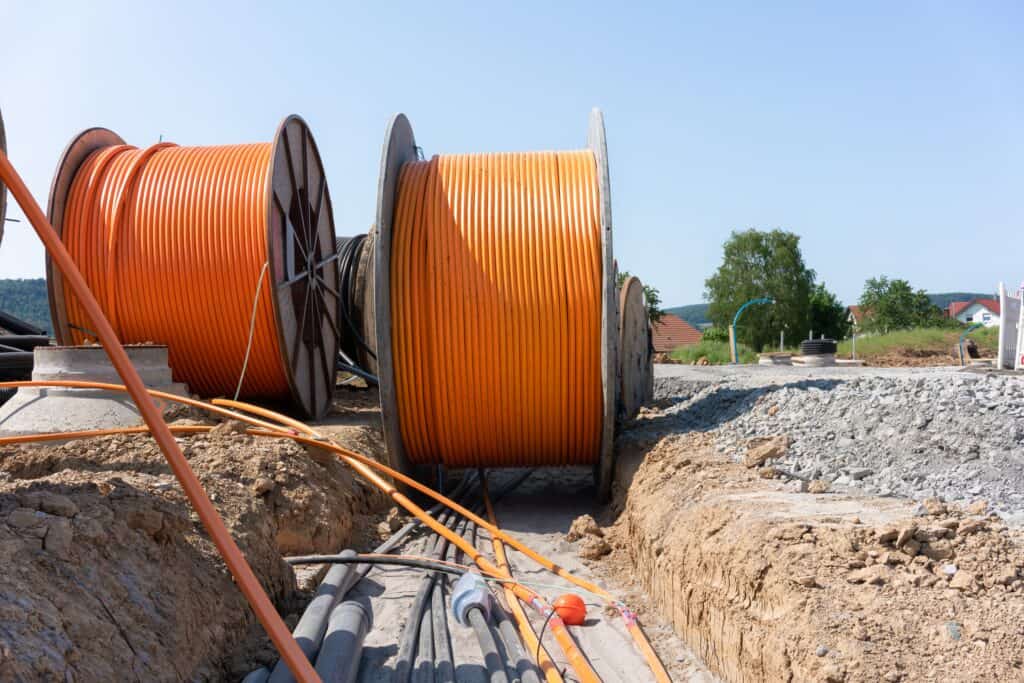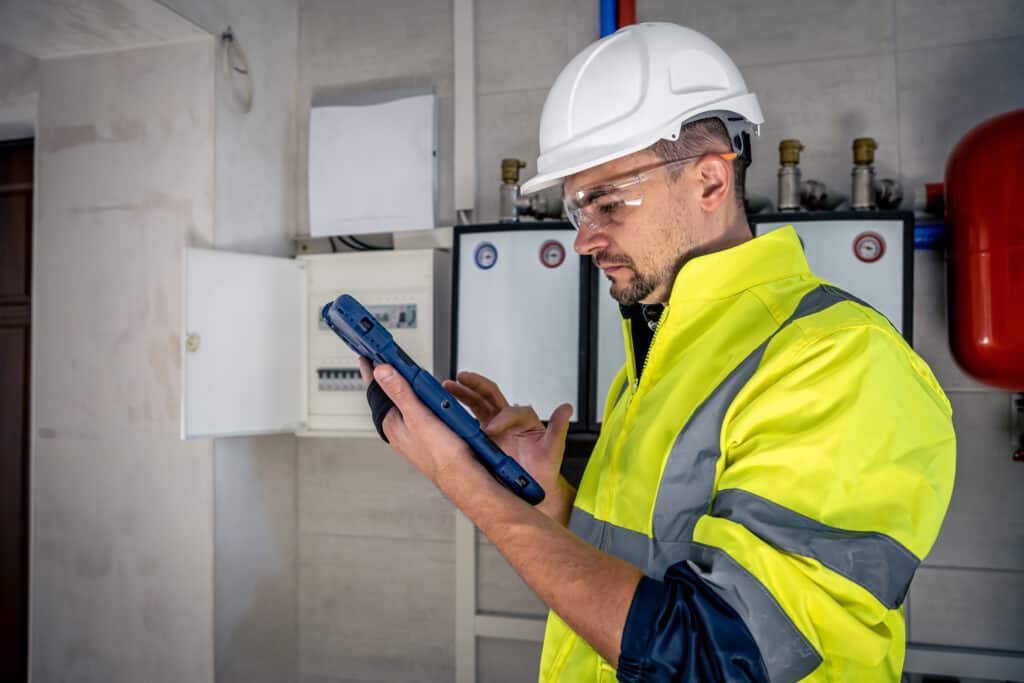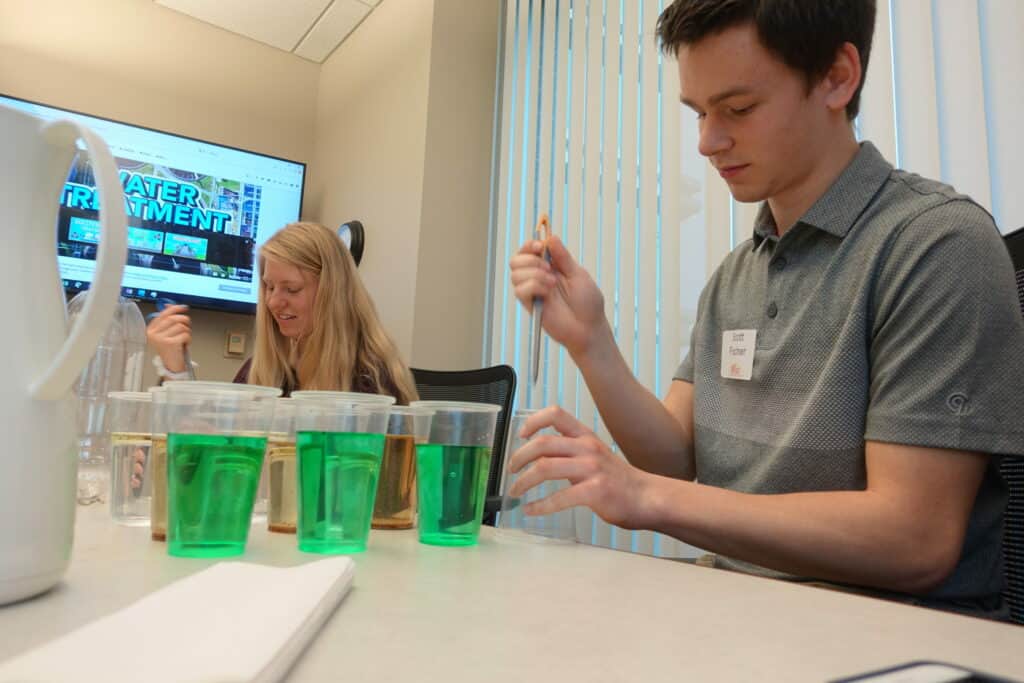Traffic Noise Analysis: Mitigating Noise During Transportation Planning

As public agencies, transportation authorities are entrusted with the critical mission of enhancing our transportation infrastructure to serve the broader community. This community is not just our client but our partner in progress. As urban environments continue to evolve, the challenge of traffic noise in transportation projects increasingly comes to the forefront of community concerns, necessitating a comprehensive approach to evaluating project impacts.
Broadband Construction and Expansion Best Practices

Communities across the country are facing a pressing need to improve their broadband infrastructure to meet the growing demands of residents and businesses. However, navigating the complexities of broadband deployment, from permit reviews to construction management, can be overwhelming for municipalities already facing resource constraints.
February 2024 Bite-Size Colorado Legislation News

Discover the latest updates on Colorado State Legislation! As new legislation is introduced, it’s important to stay informed about the changes it may bring. HR Green is monitoring the priorities of our state legislators.
Navigating Changing Energy-Driven Building Codes

Recent shifts in the energy landscape, spearheaded by innovations like solar energy and the surge in electric vehicle adoption, are reshaping the very foundations of building codes. Moreover, the departure from traditional natural gas in both residential and commercial new construction is a notable change. Building codes must adapt to this paradigm shift as organizations and operations increasingly adopt electrification, relying solely on electric power.
An Introduction to Broadband Expansion Challenges for Municipalities

In today’s interconnected world, broadband access is more than a luxury; it’s a necessity. High-speed internet is the backbone of modern connectivity, driving societal and economic progress. Enhanced broadband access transforms communities by improving education, healthcare, and remote work opportunities. It fosters innovation, attracts businesses, and supports local economies, making it a critical component of […]
December 2023 Bite-Size Colorado Legislation News

Discover the latest updates on Colorado State Legislation! As new legislation is introduced, it’s important to stay informed about the changes it may bring. HR Green is monitoring the priorities of our state legislators.
HR Green Launches Full-Service Broadband Business Line

We are thrilled to announce a significant expansion in the broadband services offered by HR Green—a move that reflects our commitment to innovation, progress, and the ever-growing needs of our clients. Since 2016, HR Green’s Broadband team has helped clients become more connected. We’ve served clients all over the nation, and have grown and expanded […]
The Role of Lighting Engineers in Municipal Development

Partnering with a lighting engineer can streamline municipal lighting complexities and positively impact your community.
November 2023 Bite-Size Colorado Legislation News

Discover the latest updates on Colorado State Legislation! As new legislation is introduced, it’s important to stay informed about the changes it may bring. HR Green is monitoring the priorities of our state legislators.
Making STEM Fun

As one of the nation’s longest operating engineering firms, HR Green is dedicated to expanding interest in science, technology, engineering and math (STEM) education. However, how do we encourage students to engage with STEM education?